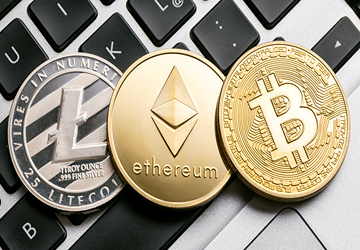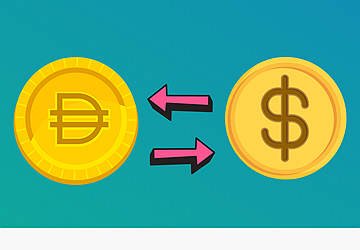The Bitcoin market has gradually increased in size, value and interest. 150 million people worldwide are currently expected to use cryptocurrencies by 2023. According to financial analysts, the global blockchain industry will grow by $39.17 trillion by 2025.
Unfortunately, the recent collapse in the cryptocurrency market affecting bitcoin, dogecoin, solana, altcoins, and stablecoins has forced consumers once again to confront the stark truth that there is a lot of uncertainty at the heart of cryptocurrencies.
Attention is focused on Terra Luna, a cryptocurrency founded by Do Kwon and Daniel Shin in January 2018. Terra Luna's devastating fall has put off some savvy investors. People expected this stablecoin to be a safe-haven asset, but they were dead wrong.
What went wrong? Let's take a look at what happened to Terra Luna, why it fell, and what this chaos means in the midst of a financial turmoil.

The impact of the Terra Luna debacle on cryptocurrency adoption
The cryptocurrency industry has gone to great lengths to convince governments and the public to accept cryptocurrencies. They promoted new financial products and worked to gain the government's trust; some of these efforts were successful.
As Terra Luna develops, it is clear that certain governments have stepped up their defenses against cryptocurrencies and will continue to do so. The possibility of accepting cryptocurrencies, or willingness to accept them, seemed remote in the past, and now is like a reed.
U.S. Treasury Secretary Janet Yellen told a committee hearing that the TerraUSD decoupling highlights the need for a regulatory framework for stablecoins designed to reduce the dramatic price volatility seen in most cryptocurrencies. Yellen explained that the risks to the bitcoin business will be detailed in an exhaustive report from her finance department.

Stablecoins and the rise of Terra Luna
First of all, unlike other digital currencies, stablecoins are "stable" in the true sense. They are closely related to traditional fiat currencies like the U.S. dollar or physical commodities like gold, which ensures their stability. For example, if you own 2,000 USDC tokens, you can always trade for $2,000.
Stablecoins provide stability that other cryptocurrencies lack, making them unusable as real money, and they are a valuable and economical means of conducting Bitcoin transactions. Now let's talk about Terra Luna. Terra is a blockchain developed by South Korean company Terraform Labs, and Luna is their native coin.
Although he has received criticism for the security and reliability of Terra Luna's infrastructure, Do Kwon's company Terraform Labs has acquired more than $200 million from the likes of Galaxy Digital and Lightspeed Venture Partners to support crypto projects developed using the currency .
Traders and start-up entrepreneurs, including wealthy investors, are excited as Luna's total value rises to more than $40 billion. The coin’s value surged from $5 to a peak of $116 last April, marking Terra Luna’s rise to fame in December 2021. Terra, previously considered one of the most valuable cryptocurrencies, was deliberately minted by Kwon.
